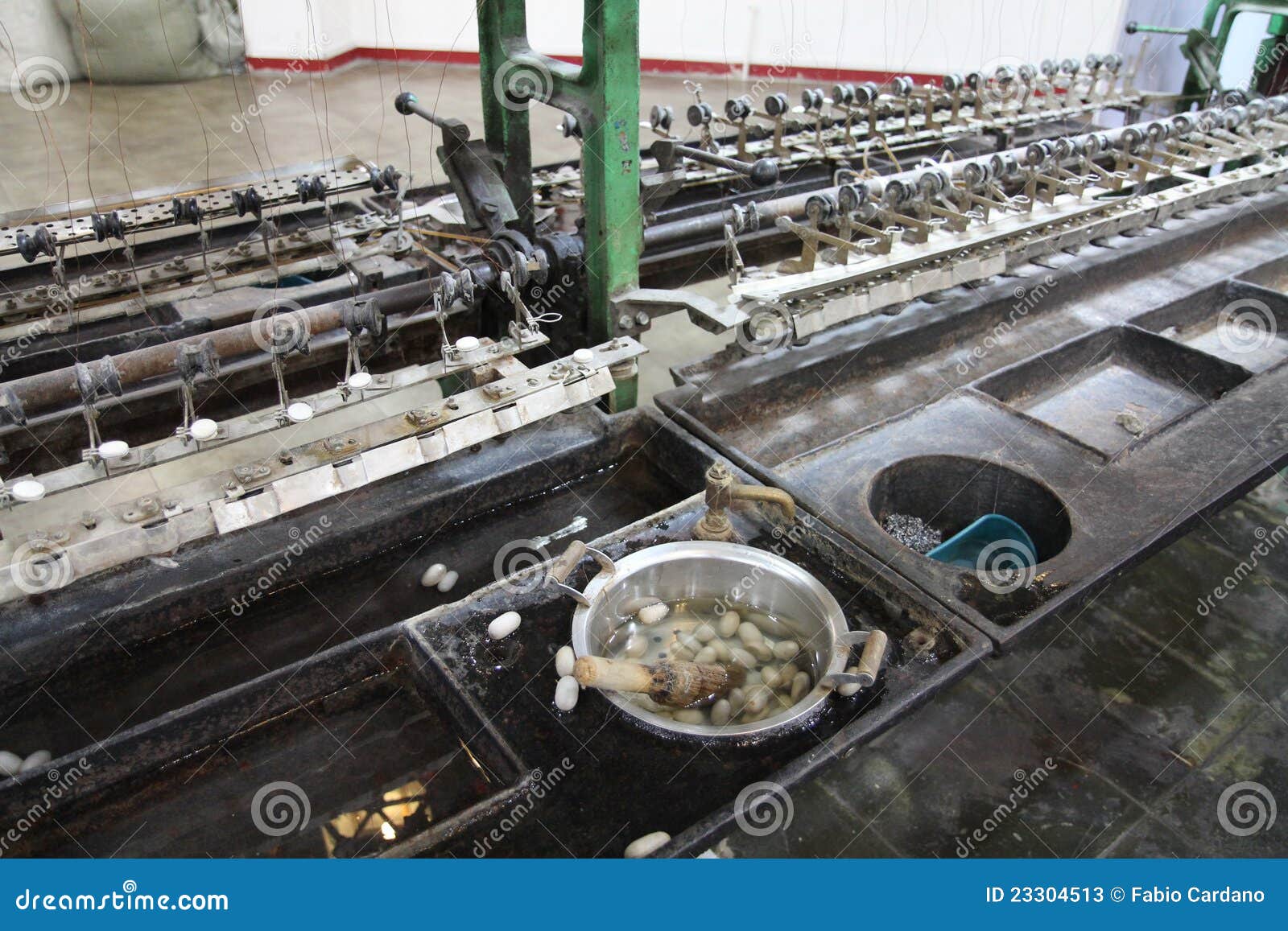Exploring the Silk Industry's Intricacies: A Complete Guide
Silk's rich texture and exquisite feel have mesmerized humanity for generations, earning it the title of "ultimate luxury." However, beneath its glistening charm is a painstaking procedure that has been refined over millennia. We explore the complex craft of silk manufacturing in this in-depth book, revealing the mysteries underlying this precious fabric.
Understanding the Silk Production Process:
The Bombyx mori, a tamed silkworm that is the foundation of silk production due to its insatiable appetite for mulberry leaves, is where the silk journey starts. Silkworm eggs are carefully chosen at the beginning of the process and are raised in a controlled environment until they hatch into small larvae.
Fresh mulberry leaves are carefully fed to the silkworms once they hatch, guaranteeing their optimum growth and silk output. The larvae use a continuous filament of silk that is released from their salivary glands to spin their cocoons as they become adult. The manufacturing of silk is based on this amazing natural process, since each cocoon includes a single, intact strand of silk that can reach a length of 900 meters.
Harvesting the Silk Cocoons:
The silkworms' life cycle comes to an end when they encase themselves in cocoons, after about a month of feeding and spinning. Before the pupae may emerge and sever the silk thread, the cocoons are now meticulously gathered. To guarantee that the integrity of the silk strands is maintained during this delicate operation, accuracy and delicacy are necessary.
Sorting and Boiling the Cocoons:
After being collected, the silk cocoons go through a number of processes that make it easier to extract the silk threads. Since only the finest cocoons produce the highest-grade silk, the first step is to sort the cocoons according to size and quality. After sorting, the cocoons are submerged in boiling water to dissolve the sericin, which is a naturally occurring protein that connects the silk strands.
Reeling and Spinning the Silk:
Reeling the silk threads from the softer cocoons is the next step once the sericin has softened. In this procedure, called reeling, the silk thread is meticulously unwound from the cocoon onto a reel to create a single, continuous strand of raw silk. To guarantee consistency and quality throughout the reeling process, expert artisans deftly handle the reels.
Depending on the desired result, the silk threads are reeled and then spun into yarns using either conventional spinning methods or contemporary machines. The silk threads gain strength and elasticity from this spinning process, making them more suitable for weaving and other processes.
Weaving and Finishing:
After being spun and prepared, the silk strands are painstakingly weaved into opulent fabrics on either antique looms or contemporary weaving machines. Craftspeople may produce a wide range of beautiful patterns and designs, from delicate chiffons to sumptuous brocades, through this complex weaving method.
Quality Control and Assurance:
To maintain the highest standards of perfection, strict quality control procedures are used throughout the silk production process. All the processes involved in making silk, from choosing the silkworm eggs to weaving the finished cloth, are meticulously inspected to guarantee quality, longevity, and visual appeal.
Environmental and Ethical Considerations:
The silk industry has placed an increasing emphasis on ethical and sustainable practices in recent years. In an effort to lessen their negative environmental effects, many silk producers are switching to environmentally friendly farming practices, using less water, and using less chemicals.
Initiatives that support ethical labor practices and animal welfare are also gaining steam, ensuring that the production of silk complies with moral principles and upholds the rights and welfare of both silkworms and workers.
Conclusion:
In conclusion, the art of producing silk has evolved over centuries of tradition and ingenuity, making it a testament to the creativity and talent of humanity. Silk, from the humble silkworm to the luxurious fabric that adorns runways and royal courts, is the epitome of refinement and elegance.

